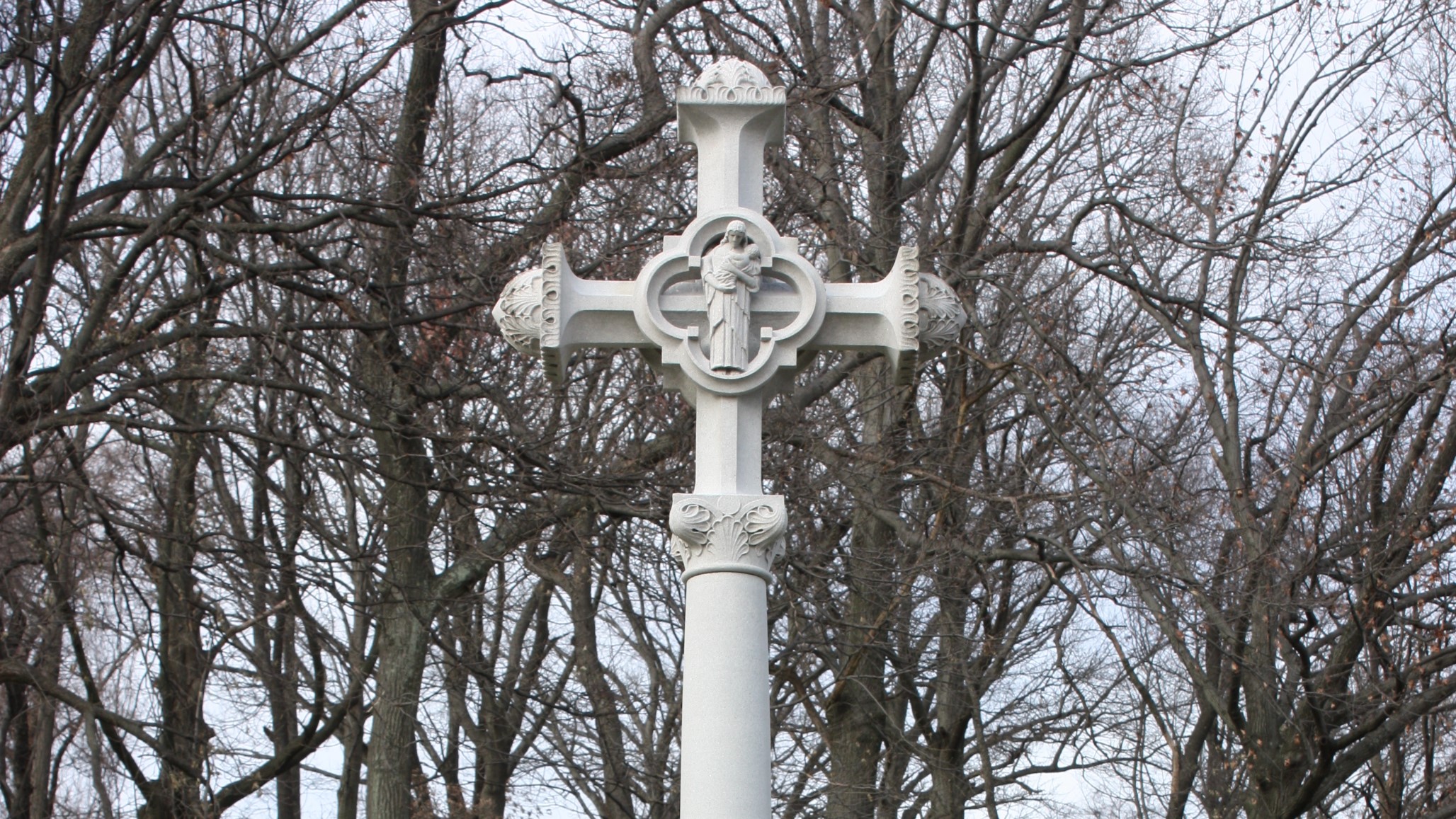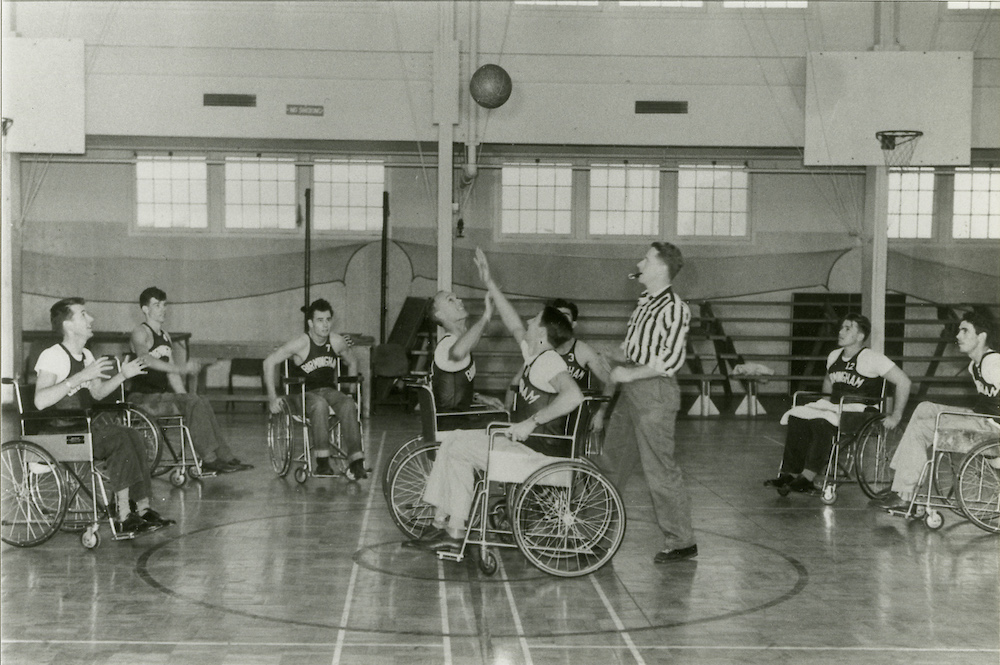
In 1832, the federal government found itself with a pension problem largely of its own making. In June, Congress passed a law granting a pension to all surviving Revolutionary War Veterans who had served in any capacity for at least six months. Previously, pensions had been limited to Veterans disabled by wartime injury or, after 1818, to those in financial need. One of the new law’s staunchest supporters in the Senate argued that the country could afford to be generous, as he believed no more than 10,000 Veterans were still alive and eligible to claim the benefit and the costs to the government would be modest. In fact, the senator’s estimations were badly off the mark. By year’s end, 24,000 applications had been received and the projected expense was four times greater than anticipated.
The influx of applications overwhelmed the small office in the War Department responsible for processing them. As head of the department, the Secretary of War was nominally in charge of the pension system, but the day-to-day business of the office was conducted by a head clerk and sixteen other clerks. As of early January 1833, they had reviewed only one-third of the submitted claims and half of those examined had been returned with requests for more documentation. Lewis Cass, who had been appointed Secretary of War in 1831 by President Andrew Jackson, blamed the office’s struggles on the fact that it lacked an executive officer with the necessary authority to manage the clerical staff and make decisions. “There is no doubt that this state of things has impaired and, as long as it continues, will impair the operations of the department,” he wrote Congress in response to its inquiry about execution of the 1832 act. Cass asked lawmakers to create a Commissioner of Pensions position with duties clearly defined by statute. In his view, for the commissioner to be an effective leader and administrator, his office “should have a legal existence, an efficient control, and an acknowledged responsibility.”
Congress agreed with his proposition and included a provision in the March 1833 appropriation bill granting the president the authority to appoint a pensions commissioner. However, legislators limited the office’s existence to two years, leaving it to later sessions to decide if the position should be continued. The chief clerk at the time, James L. Edwards, was named the first Commissioner of Pensions, a promotion that increased his annual salary from $1,600 to $2,500. He was the logical choice. Born around 1786, Edwards enlisted in the Marine Corps in 1811 and earned a silver medal for his actions aboard the frigate United States during the War of 1812. He became chief clerk at the pension office in 1818, the same year Congress approved the first general service pension law permitting Revolutionary War Veterans without disabilities to file claims. Edwards helped the War Department weed out thousands of applications from ineligible claimants and he also cleaned house of clerks suspected of wrongdoing.

Both the office and his appointment proved to be lasting. Congress after 1833 periodically voted to renew the commissioner’s position before finally dropping in 1849 all references to the law expiring after a set amount of time. Edwards served as commissioner throughout this period, weathering five changes in presidential administrations. Under his steady leadership, the pension office tackled the huge backlog in claims resulting from the 1832 act, eventually issuing over 32,000 pensions to Veterans of the war. During his tenure as commissioner, Edwards also continued his crusade against corruption, instituting various checks in the pension payment process and other reforms to reduce the incidence of fraud and graft.
In July 1850, President Zachary Taylor died unexpectedly and his vice president, Millard Fillmore, assumed office. In November, Edwards was finally replaced as Commissioner of Pensions by James E. Heath. The circumstances of his departure are murky. Edwards was in his mid-sixties and, with more than three decades of public service to his name, he may have simply decided to retire. However, it is also possible that Fillmore wanted to appoint a commissioner of his own choosing. Heath was a man of many talents—writer, editor, politician, and public auditor with thirty years of experience, which prepared him well for the commissioner’s position. He served less than three years, though. The inauguration of Franklin Pierce as president in March 1853 resulted in the appointment of a new commissioner two weeks later. For the remainder of the century and into the next, commissioners rarely lasted for more than one administration and most owed their appointments to political patronage rather than their qualifications for the job. Many would still turn out to be dedicated public servants, but none would come close to matching James Edwards’ length or record of service. The position was abolished when the Veterans Administration absorbed the Pension Bureau in 1930.
By Scott Hudson
Virtual Student Federal Service Intern, Veterans Benefits Administration
Share this story
Related Stories
History of VA in 100 Objects
In the waning days of World War I, French sailors from three visiting allied warships marched through New York in a Liberty Loan Parade. The timing was unfortunate as the second wave of the influenza pandemic was spreading in the U.S. By January, 25 of French sailors died from the virus.
These men were later buried at the Cypress Hills National Cemetery and later a 12-foot granite cross monument, the French Cross, was dedicated in 1920 on Armistice Day. This event later influenced changes to burial laws that opened up availability of allied service members and U.S. citizens who served in foreign armies in the war against Germany and Austrian empires.
History of VA in 100 Objects
Basketball is one of the most popular sports in the nation. However, for paraplegic Veterans after World War II it was impossible with the current equipment and wheelchairs at the time. While VA offered these Veterans a healthy dose of physical and occupational therapy as well as vocational training, patients craved something more. They wanted to return to the sports, like basketball, that they had grown up playing. Their wheelchairs, which were incredibly bulky and commonly weighed over 100 pounds limited play.
However, the revolutionary wheelchair design created in the late 1930s solved that problem. Their chairs featured lightweight aircraft tubing, rear wheels that were easy to propel, and front casters for pivoting. Weighing in at around 45 pounds, the sleek wheelchairs were ideal for sports, especially basketball with its smooth and flat playing surface. The mobility of paraplegic Veterans drastically increased as they mastered the use of the chair, and they soon began to roll themselves into VA hospital gyms to shoot baskets and play pickup games.
History of VA in 100 Objects
After World War I, claims for disability from discharged soldiers poured into the offices of the Bureau of War Risk Insurance, the federal agency responsible for evaluating them. By mid-1921, the bureau had awarded some amount of compensation to 337,000 Veterans. But another 258,000 had been denied benefits. Some of the men turned away were suffering from tuberculosis or neuropsychiatric disorders. These Veterans were often rebuffed not because bureau officials doubted the validity or seriousness of their ailments, but for a different reason: they could not prove their conditions were service connected.
Due to the delayed nature of the diseases, which could appear after service was completed, Massachusetts Senator David Walsh and VSOs pursued legislation to assist Veterans with their claims. Eventually this led to the first presumptive conditions for Veteran benefits.






